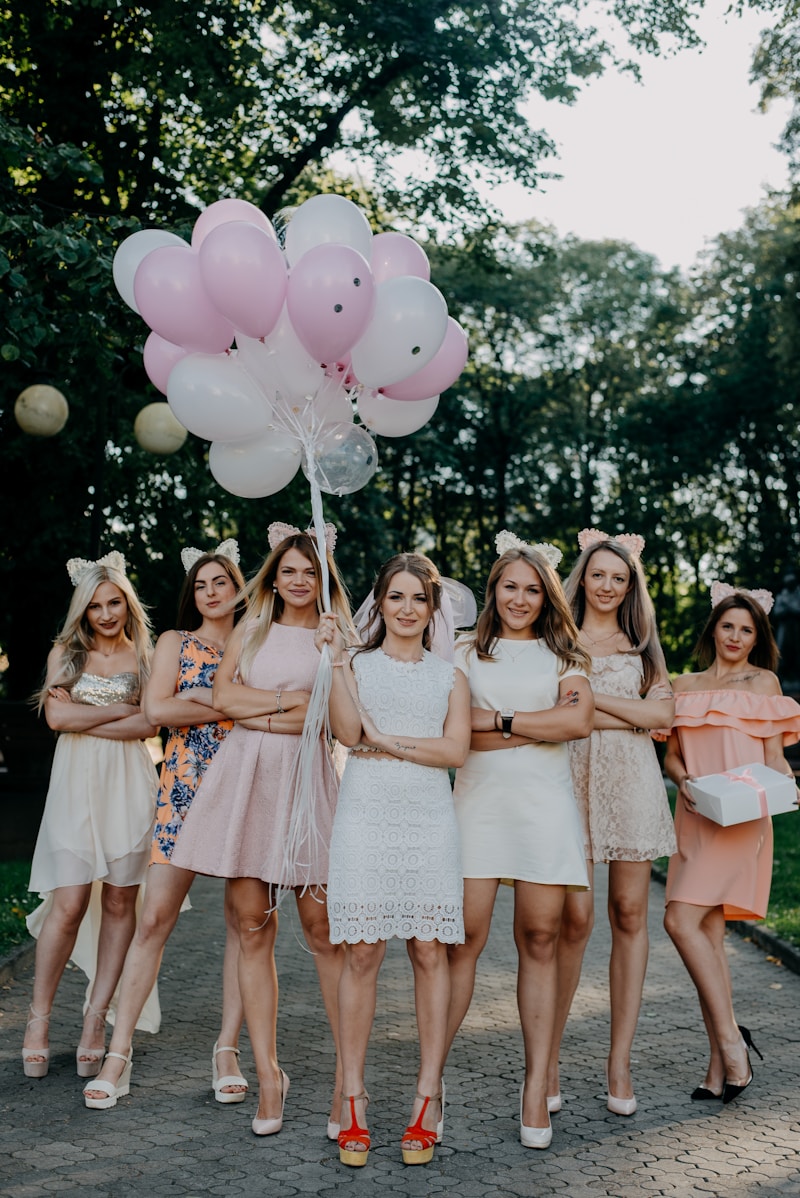Choosing the Perfect Wedding Dress Materials: A Comprehensive Guide
Choosing the Perfect Wedding Dress Materials: A Comprehensive Guide
Introduction to Wedding Dress Materials
When it comes to planning a wedding, one of the most significant choices you'll make is selecting the perfect wedding dress. The fabric you choose can greatly impact not only the look and feel of your dress but also the overall vibe of your wedding day. With various wedding dress materials available, understanding the characteristics and benefits of each fabric will ensure that you find the dress of your dreams. In this article, we will explore different wedding dress materials, their features, and tips for selecting the right fabric for your special day.
Popular Wedding Dress Materials
Here, we will discuss some of the most popular wedding dress materials, highlighting their unique qualities and making them ideal for bridal gowns.
| Material | Characteristics | Ideal For |
| Silk | Luxurious, soft, and has a beautiful drape. | Classic, elegant weddings. |
| Chiffon | Lightweight, sheer, and flowy. | Romantic outdoor weddings. |
| Lace | Textured with intricate patterns. | Vintage-themed weddings. |
| Organza | Lightweight, crisp, and slightly stiffer than silk. | Fairy-tale weddings with a touch of glamour. |
| Tulle | Soft, sheer, and adds volume. | Ball gowns and whimsical styles. |
| Satins | Smooth, shiny finish with a luxurious feel. | Elegant formal weddings. |
1. Silk
Silk is one of the most sought-after wedding dress materials due to its luxurious look and feel. It is incredibly soft against the skin and drapes beautifully, making it ideal for a variety of gown styles. Whether you opt for a classic A-line silhouette or a form-fitting mermaid design, silk will elevate your bridal look. However, keep in mind that silk can be more expensive than other fabrics, so budgeting is essential.
2. Chiffon
If you're having a romantic outdoor wedding, chiffon is an excellent choice. This lightweight fabric is sheer and creates a soft, flowing effect that is perfect for movement. Chiffon dresses often feature layers that add depth and dimension without weighing you down. Furthermore, it’s versatile enough to work for both long and short-sleeved designs.
3. Lace
Lace is synonymous with bridal wear, especially for those opting for a vintage or bohemian theme. This fabric often features intricate patterns, which can add a timeless and romantic element to your dress. Whether used as an overlay or as the primary fabric, lace can be combined with other materials like satin or chiffon to enhance its beauty. When choosing a lace dress, consider factors like the weight and type of lace as it can affect your comfort throughout the day.
4. Organza
Organza provides a crisp look and is often used for skirts and overlays. This fabric is slightly stiffer than silk, which means it offers more volume to your gown. If you're dreaming of a fairy-tale wedding with a dramatic ball gown, organza could be the perfect choice. Pairing it with softer fabrics can create a stunning contrast.
5. Tulle
Known for its soft and airy qualities, tulle is an excellent choice for brides looking to add volume to their gowns. This lightweight fabric is often layered to create beautiful skirts for ball gowns and A-line dresses. Tulle can also be used in veils or as a beautiful overlay, giving you a whimsical vibe perfect for a fairy-tale wedding. However, be cautious about the number of layers as it can quickly become heavy.
6. Satins
Satin is another luxurious option that brings a shiny, polished look to any wedding dress. Its smooth surface and weight can provide structure and elegance to the gown. Brides who want to convey sophistication and grace should consider satin, which looks fabulous in both simple and ornate designs. Just remember that satin can be prone to wrinkling, so plan accordingly for your wedding day.
Factors to Consider When Choosing Wedding Dress Materials
Aside from aesthetics, there are several factors to keep in mind when choosing your wedding dress materials:
1. Climate
Your wedding location and the expected weather on your big day should play a vital role in deciding your dress's fabric. For hot summer weddings, lightweight materials like chiffon or lace are ideal, while heavier fabrics like satin might be better suited for winter nuptials.
2. Comfort
Considering that you will be wearing your dress for several hours, prioritizing comfort is key. Choose materials that are breathable, lightweight, and suitable for the duration of your celebrations. Avoid overly stiff fabrics that may restrict movement or cause discomfort.
3. Personal Style
Your wedding dress should reflect your style and personality. Consider what fabrics resonate with you and what will complement your overall wedding theme. Whether it’s beachy, vintage, or modern, your gown's material should align with your vision.
4. Fit and Body Type
Different fabrics fit differently. Some materials are more forgiving and can easily adjust to your body's shape, while others may not have as much give. Be sure to try on various materials to see how they enhance your body type before making a final decision.
Conclusion: The Importance of Choosing the Right Wedding Dress Material
When it comes to selecting your wedding dress, the fabric you choose plays an integral role in both the look and feel of your gown. From luxurious silk to romantic chiffon, each material brings its unique charm and character, offering something for every bride. Carefully consider factors such as climate, comfort, personal style, and fit to ensure that you select the right wedding dress material for your special day. Don’t forget to budget accordingly—it’s essential to balance beauty with the overall cost. By choosing wisely, your wedding dress will not only look stunning but also feel incredible, allowing you to celebrate your love story in style.

